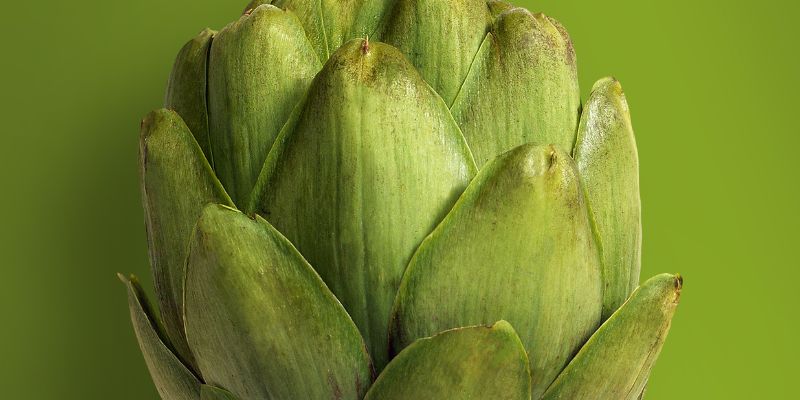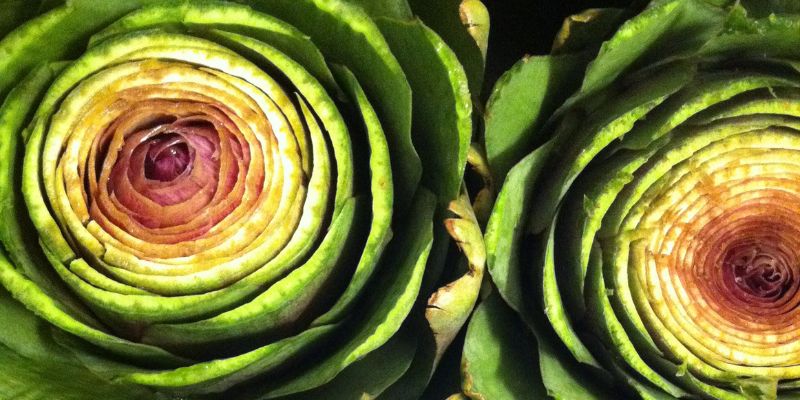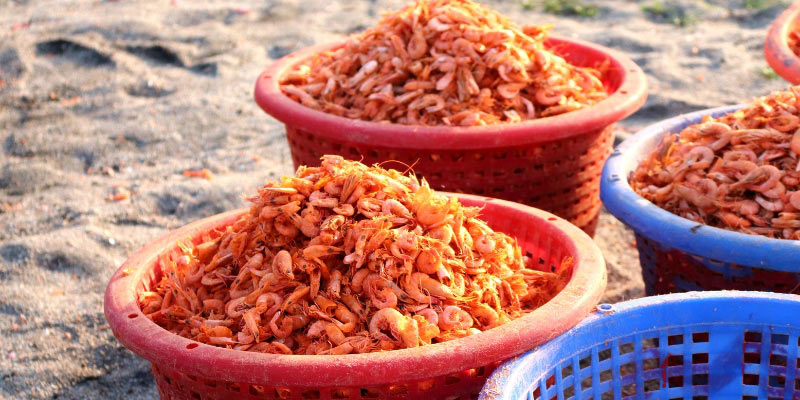Cooking with artichokes isn't as intimidating as their thorny look would indicate; these tasty delicacies are highly regarded and easy to prepare. And yet, artichokes have a soft spot for those who can get past their harsh exterior.
While its rough, fibrous leaves may turn off some chefs, it's fairly easy to get to the tender core of the matter by peeling back the tough outer covering and cutting off the fibrous tissue (the choke) at the base. The artichoke's edible portion is the flower bud, which develops into a purple show when left unharvested.
Thistle family members like artichokes lose their edible quality at the same time. However, if harvested before this time, the bulb becomes a much-anticipated seasonal gift—the "ugly duckling" of the vegetable world—that, with very simple preparation, pays off handsomely.

For Which Purpose Is Artichoke Used For?
The organic acid cynarin in artichoke greens contributes to the plant's distinctive bittersweet flavor. As a result of its ability to enhance the flavor of other foods, this acid also makes artichokes a poor wine pairing.
Moreover, the acid's ability to stimulate the liver and reduce cholesterol is independently attributable to it. The Italian culinary tradition has several delicious preparations for artichokes, including braising, stuffing, frying, slicing, and tossing in salads.
Before the choke forms, very young ones are used in pinzimonio, a raw vegetable appetizer popular in Tuscany, and dipped in olive oil before being served. In Rome's Jewish ghetto, locals will open up an artichoke, cut off the choke, and deep fry the entire thing in oil until it's a deep golden color, then sprinkle it with sea salt before serving.

Preparations:
The quantity of trash produced while preparing an artichoke for the first time might be shocking. True lovers, however, would boil the vegetable in its whole before dipping the fleshy leaf base into hot butter, hollandaise sauce, or vinaigrette or scraping out the sweetness between their teeth while they munched on the leaves.
A firm, fresh artichoke is ideal for preparing one for the rest of us. In The Cook's Companion, Stephanie, it should be thick and substantial, with leaves securely curled around a sturdy stem. Testing an artichoke's freshness is recommended by removing the outer leaves and listening for a distinct squeak.
Artichokes turn brown rapidly when exposed to air, so be sure to have some acidulated water or verjuice on hand while working with them. It would help to wash your knives after preparing them because they tarnish stainless steel. This artichoke preparation is perfect for antipasto platters, spaghetti, pizza, or salads and may be made and stored in the refrigerator.
INGREDIENTS
- 10-artichoke globe
- 4 peeled, bruised cloves of garlic
- 1 piece of peeled lemon rind
- 1/2 cup (or 125 ml) of olive oil
- 3 cups (750 ml) of verjuice
Method For Cooking Braised Artichokes Roman-Style
STEP 1:
Snip off the stiff outer leaves of an artichoke and trim the stalks to 2 centimeters.
STEP 2:
Remove the outer portion of the stem from the base by cutting it lengthwise with a tiny, sharp knife.
STEP 3:
Each artichoke should have the top 2 cm removed before being halved lengthwise and then rubbed with lemon or dipped into verjuice.
STEP 4:
Use the teaspoon to remove the hairy, fibrous choke and throw it away. Combine the artichokes, verjuice, olive oil, lemon rind, and garlic in a large, heavy-bottomed saucepan.
STEP 5:
To cook the artichokes until soft when the water is boiling, decrease the heat to low, cover, and let the artichokes simmer for 10 to 12 minutes or until they are soft. You may eat the braised artichokes as is or prepare the stunning salad. They pair wonderfully with prosciutto, green olives, and crusty bread on an antipasto dish.
Artichokes Roman Jewish-Style
This classic Roman-Jewish dish originated in the Rome Jewish Ghetto in the early modern period. Once reserved for the crack of dawn, fried artichokes are now a year-round staple in many Roman eateries, notably those in the ghetto.
Jewish-style artichokes are prepared by submerging them in a large bowl of olive oil seasoned with salt and pepper. After being deep-fried, they take on the texture and flavor of potato chips cooked to perfection. It's even better and healthier than that!
STEP 1:
First, use a knife to cut off the tough outer leaves and the crimson midrib from each leaf. The artichoke you grow will resemble a rose in full bloom.
STEP 2:
The tough outer layer of the stem may now be easily peeled away.
STEP 3:
For 10 minutes, submerge the artichokes in a bucket filled with water and lemon juice.
STEP 4:
The artichokes' leaves can be opened by beating them upside down against each other after they have been drained and dried.
STEP 5:
Ten to fifteen minutes in oil, they are heated to 140 to 150 degrees Celsius (280 to 300 degrees Fahrenheit). They must avoid being too pliable.
STEP 6:
Flip the leaves over on a tray and work your way outward with a fork to expose the contents. The artichokes will take on the form of a rose in full bloom.
STEP 7:
Add salt and pepper, then let it sit for a while. Just reheat the oil and submerge the artichokes for another minute or two.
STEP 8:
Put them on paper towels to drain, and then dig in!
How To Eat Roman Artichoke?
Many people find artichokes to be intimidating. However, a novice artichoke eater only needs one attempt to become a connoisseur. Here is the path to artichoke enlightenment!
- You may prepare artichokes in two ways: hot or cold. Pull off the outer petals one by one to consume.
- To extract the pulpy center, dip the base of the petal into the sauce or melted butter and draw it between your teeth. Throw away the last remaining flower petal. Remove the petals one by one until they are all gone.
- Scrape the base for the fuzzy middle and throw it away. The artichoke's base, often known as the heart, can be consumed whole. Dive into a sauce with bite-sized bits.
Conclusion:
Artichoke meals are available year-round at many Rome restaurants because of the city's thriving import trade. But, if you're hoping to enjoy the Roman recipes up top, you might be disappointed if you order them in the summer. Fresh artichoke meals may be available at Rome restaurants during their peak season. But, the Jewish ghetto is where you'll find the largest piles of vegetables outside of eateries.




